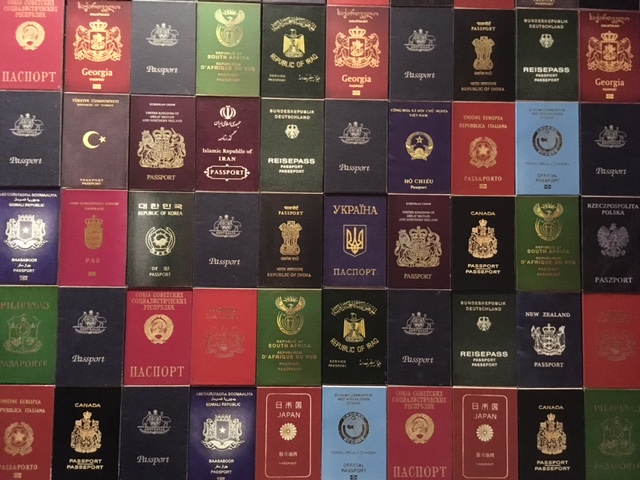
So what is a ‘School of Sanctuary’ and how does a school receive this recognition? ‘Schools of Sanctuary’ welcome and actively support refugees and asylum seekers within their local community, including families with children registered as pupils. You might question why this needed, when primary schools already provide a safe and caring environment, in which children can learn and develop skills that extend way beyond the curriculum.
People from diverse backgrounds and for a multitude of reasons, travel to the UK to seek protection from violence, conflict, persecution and to improve their life chances. Most people broadly describe this group as refugees and asylum seekers – in the simplest of terms refugees have been awarded status and the right to remain in the UK, whilst asylum seekers are still waiting for a decision on their application. The UK has become increasingly hostile towards refugees, asylum seekers and other migrant groups, which is why schools have a pivotal role to play in providing sanctuary and a warm welcome for these children and their families.

A growing body of research underpins the assertion that schools are integral to the wellbeing of refugee and asylum seeking children. Sabine Little’s research ‘Whose heritage? What inheritance?: conceptualising family language identities’ evidences the huge emotional and practical importance for multilingual children to retain heritage language/s. This is especially significant in light of the very limited provision of ESOL and language education for people seeking asylum, many of whom could rely on their children to communicate and keep them connected to their school. My own route into the ‘Lost Wor(l)ds’ project was not as a linguist, but as a migration researcher, focused on the role of education in facilitating experiences of belonging. My involvement with Universities of Sanctuary and creating campuses that not only welcome but offer tangible and accredited qualifications for refugees and asylum seekers, has provided me with an in depth understanding of the award process and the ‘learn, embed, share’ model that is also central to ‘Schools of Sanctuary’.
350 schools across the UK have received ‘School of Sanctuary’ status and you can access full details of the process here. The use of bilingual dictionaries in class and the provision of EAL support, are just two recommendations in the criteria that connect directly with the ‘Lost Wor(l)ds’ project and how engaging with and delivering the project’s activities can also support schools to become places of sanctuary.

The ‘View from my window’ activity allows children to draw comparisons between a favourite or familiar view of nature, with one shared by a family member or friend, of a view from somewhere outside the UK. In keeping with all the activities, children are encouraged to connect their learning experiences in the UK classroom with their home in the UK, as well as places in the world they have lived or experienced, in addition to all the languages spoken in-between.
If you’re a school or a class teacher and would like to talk through the multitude of different ways you can utilise the ‘Lost Wor(l)ds’ activities, please don’t hesitate to get in touch: lostworlds@sheffield.ac.uk.
If you’re already a ‘School of Sanctuary’ and you decided to use the ‘Lost Wor(l)ds’ activities OR if you are already engaged in ‘Lost Wor(l)ds’ and decided to apply to become a ‘School of Sanctuary’, we would love to hear from you and feature your activities and progress on the website and social media!